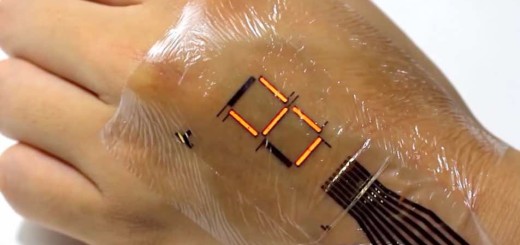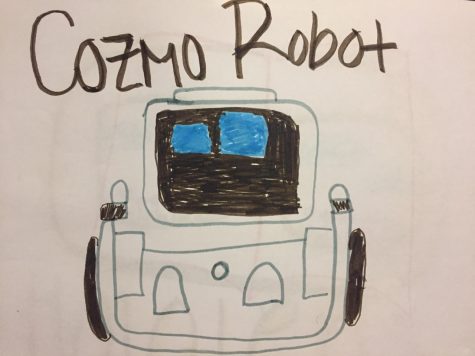Researchers light up future with E-Skin

A research team at the University of Tokyo have made progress in making electronic skin a utilizable device. From monitoring a person’s health to being a ‘walking notice-board,’ the e-skin has many possible uses in the near future. The super-thin e-skin (which is approximately 13 times thinner than a human hair) is made up of various layers of rubber and PLEDs to emit light, even when it is stretched over skin and crumpled up.
May 12, 2016
In the age of phones with the same computing abilities of a laptop and smartwatches, researchers have been busy trying to create the next convenient invention. Recently, a research team at the University of Tokyo have taken an electronic skin patch and discovered a way to turn it into an LED display.
Currently in the study, the e-skin is able to safely monitor blood oxygen levels when placed on bare skin, and is proposed to later be able to observe much more about a person’s health. Previously in 2013, a similar e-skin was created with Polymer Light Emitting Diodes (PLEDs), but researchers faced challenges when the flexible display could only resist oxygen for a short few hours and released a large amount of heat. Now, researchers have added a protective layer to the e-skin called a passivation layer, allowing the ultra-thin invention to operate for a few days and emit less heat so that it does not burn skin.
So far, the e-skin is only being tested in various studies to test its potential. Takao Someya, part of the research team speculates that “a worker will be able to have building plans or an electrical diagram displayed on their skin without carrying heavy devices.” If the e-skin becomes a viable invention, it could revolutionize several industries where diagrams and equipment currently restrict workers, or could become a highly convenient device for daily citizen life.










